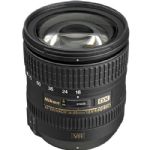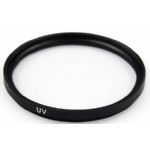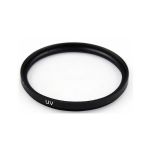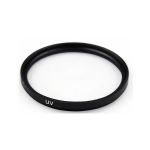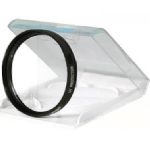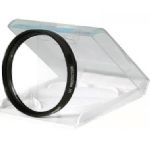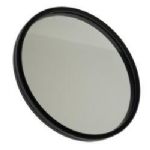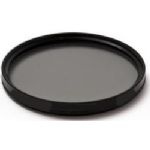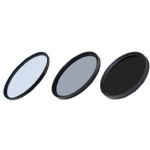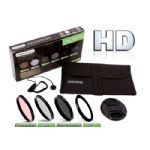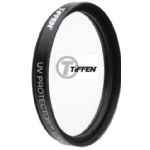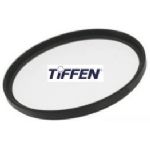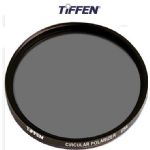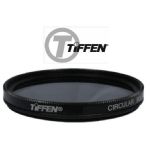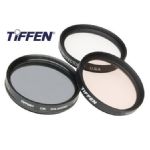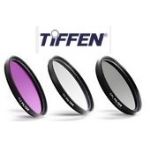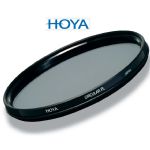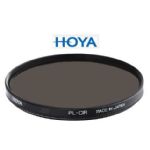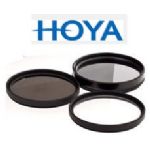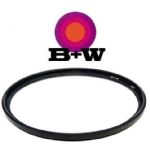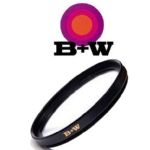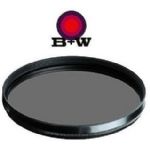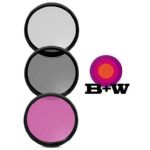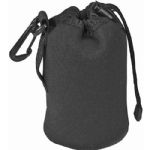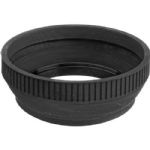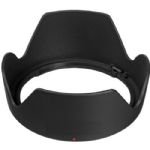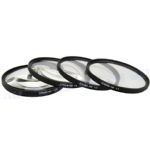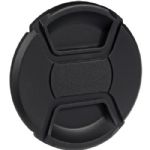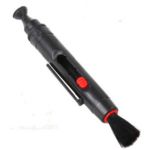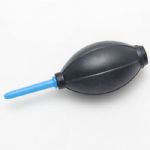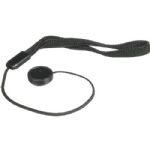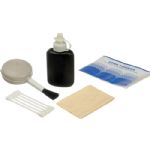t's hard not to rush to draw comparisons between this lens and its full-frame predecessor, the Nikon 24-120mm ƒ/3.5-5.6, but it's a safe bet that this lens will be of interest to anyone who has shot with and enjoyed using that lens.
In a nutshell, the 16-85mm ƒ/3.5-5.6 is remarkably sharp. Its poorest performance is found only when stopped down to the smallest apertures, where diffraction limiting robs the lens of sharpness. But even at ƒ/22 and 16mm, the lens is still very sharp, not even reaching 3 blur units. At longer focal lengths, the lens becomes much softer, reaching 5-6 blur units by 85mm and ƒ/36.
Any other setting gives excellent results. With the exception of some slight corner softness when used wide open (16mm, ƒ/3.5), image quality is extremely sharp. Optimal performance is attained when stopped down to ƒ/5.6, where the image is sharp across the entire frame: you still see some very slight corner softness at wide angle or full telephoto, but we're splitting hairs here. Results at other apertures - ƒ/8, ƒ/11, ƒ/16 - are all equally impressive.
Overall, the 16-85mm ƒ/3.5-5.6 provides excellent sharpness results, better than we've seen from previous Nikon offerings in this class of lens.
Chromatic Aberration
Tolerance to chromatic aberration is also excellent for this lens. The worst case scenario for the lens occurs at the telephoto end of its range of focal lengths (85mm), where we see around 5/100ths of a percent of frame height of CA. CA is almost non-existent between 24mm and 70mm, and at 16mm we see no more than 3/100ths. It's worth noting that these results appear only in the corners; in the central region of the image, you'd be hard-pressed to find any evidence of chromatic aberration even zoomed in to 100% on a monitor. Just excellent performance.
Shading (''Vignetting'')
There has to be a price to pay for these excellent results in sharpness and resistance to chromatic aberration, and that price is corner shading. We normally see darker corners with wide-angle lenses, and unfortunately, the 16-85mm is no exception. Used wide open and wide-angle (16mm, ƒ/3.5) you can expect the corners to be just over a full stop darker than the center of the image. Corner darkness is a mixed bag for the lens, only becoming a non-issue when the lens is used with conservative settings - the mid-range of its zoom, and when stopped down to at least ƒ/8. When used at 16mm, the best case scenario is a half-stop of corner darkness when used at ƒ/8 or smaller.


